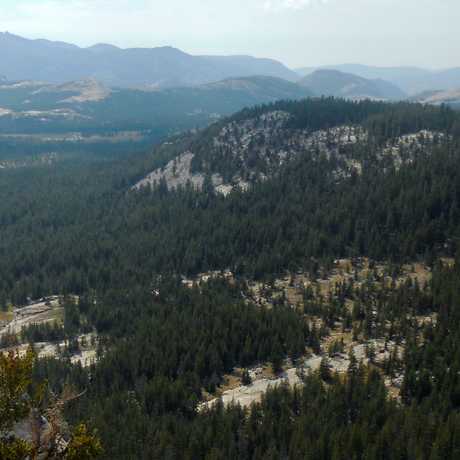Science News
Monday Bites: Sinophores and Snowpack
Who’s driving this thing?
Siphonophores are really weird organisms, related to jellyfish. Some species are the longest animals on Earth (reaching 40 meters!), others emit a red light, and all are pervasive predators in the ocean, stinging their prey with tentacles.
What makes them truly fascinating, however, is that they are not a single organism—one siphonophore actually consists of several specialized individuals, called zooids, each working together as a colony to survive. In the species Nanomia bijuga, at the front of the colony are a series of genetically identical zooids called nectophores, which make up the propulsive engine of the organism known as the nectosome, operating like jets by pumping water backwards. Towed behind this are the zooids that are specialized for reproduction and feeding.
A recent study in Nature Communications, determined how this jet propulsion system works in siphonophores. Oddly enough, the younger, smaller nectophores growing at the front steer the colony using their jets to influence its direction. In contrast, the older, larger nectophores provide forward or reverse thrust to propel the colony during its daily migration. (See video above) This pattern ensures that all members of the colony, young and old, perform important tasks and that their developmental organization allows for cooperation. The authors suggest that this simple and efficient means of multi-engine organization could influence the design of underwater propulsion vehicles.
Video credit: Jack Costello and co-authors, Nature Communications
2015 Sierra snowpack record low
Just how low was this past year’s snowpack in the Sierras? Scientists, looking at tree-ring data for the past 500 years, report today in Nature Climate Change that it was the worst year within that time frame. The team combined tree-ring series of drought-tolerant blue oaks (Quercus douglasii) for precipitation information with other tree-ring based temperature records to reconstruct the April 1st winter snowpack conditions over the past 500 years.
The data concur with the 2015 instrumental record that shows the April 1st snowpack in the Sierra Nevada mountain range was 5% of the historical average (from 1951 to 2000). The team finds this low snowpack “strongly exceptional,” with a probable return period of once every 1,000 years at lower elevations, where the effect of warm winter temperatures on the snowpack is more pronounced; while at higher elevations the return period is 95 years.
These findings highlight the critical condition of California’s primary natural water storage system in the height of our four-year drought.
Image: François B. Lanoë
